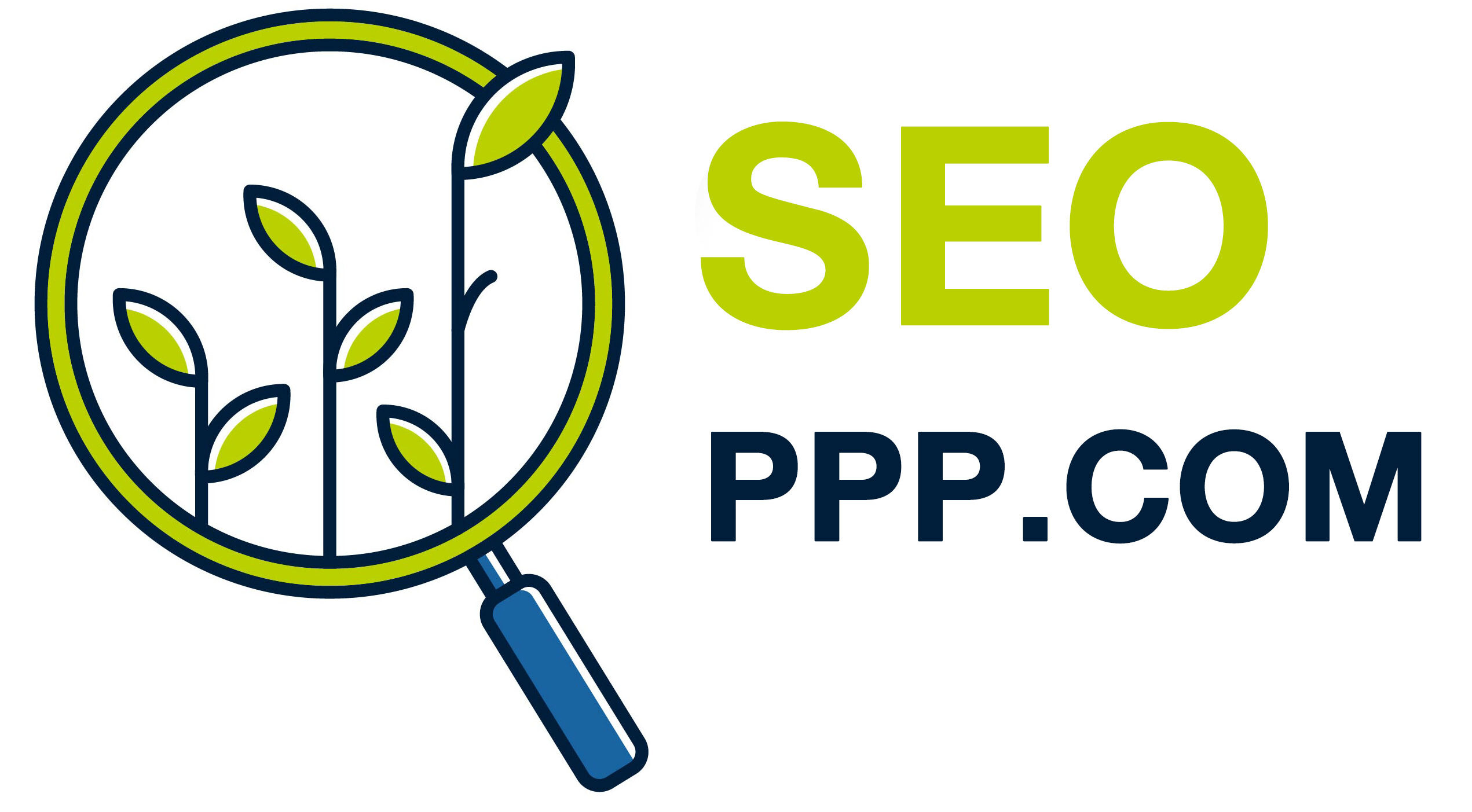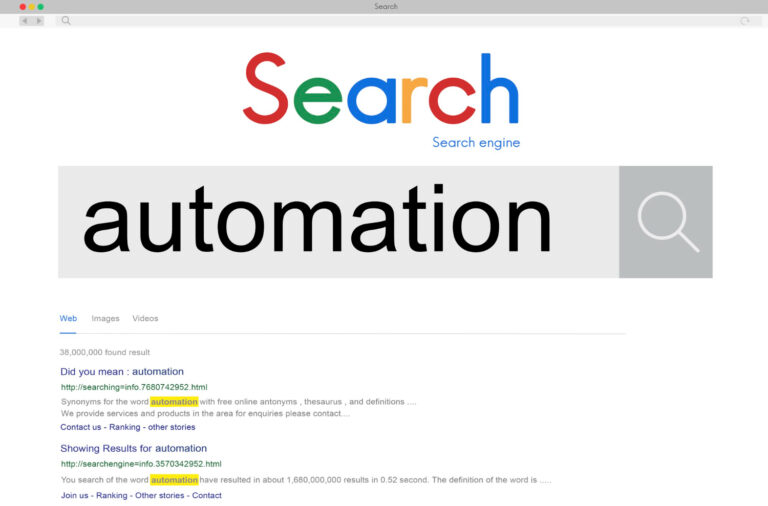Data-Driven SEO for your Small Business
SEO is essential for any small business. But what happens when you can’t seem to get your website ranked? It can be tough to know where to start, but a data-driven approach may be the answer you need. With a little effort, you can see results in as quickly as two months. And if it takes longer, that’s okay! There are plenty of tools and techniques out there that make data-driven SEO easy and fun. So don’t give up—start using them today and see how your business grows!
How to Make Your Small Business Look Better on the web.
One of the most important aspects of SEO for a small business is finding and using data to improve your web presence. This means understanding and analyzing your customer behavior in order to create targeted content, ads, and other marketing efforts that will increase traffic and revenue.
Use Social Media to Improve Your SEO.
Social media can be an extremely powerful tool for businesses of all sizes. By using it correctly, you can improve your visibility and rank higher on search engines, driving more leads and customers to your door. Additionally, by sharing your story on social media, you can create a sense of community around your business that may encourage others to research you or visit your website.
For small businesses that don’t have the time or resources to design their own social media campaign, there are plenty of services available that will help you reach a wider audience with fewer headaches. Examples include Hootsuite (www.hootsuite.com), BuzzSumo (www.buzzsumo.com), or Mixpanel (www.mixpanel.com).
Use Analytics to Understand Your Small Business.
By understanding what actions users take on your website or application during specific periods of time, you can develop analytics reports that provide valuable insights into how well your small business is performing and what changes could be made to improve things further. For example, if you sell products through Facebook ads, understanding which areas of the site are being visited most frequently could lead you to make adjustments such as adding new products or expanding the range of offerings available on a daily basis in order to better compete with larger companies. By using analytics to understand your business, you can make strategic decisions that will improve the performance of your small business.
How to Take Advantage of the Latest SEO Trends.
The latest SEO trends can help your small business stand out from the rest. By using the right tools and tactics, you can create strategies that improve your website’s search engine ranking and visibility. Here are some tips to get started:
Use a SEO Company to Improve Your Website Rankings.
Many small businesses don’t have the time or resources to develop their own SEO strategy. A good solution is to use a SEO company – they will take care of all the grunt work for you, and you can focus on making your website shine through great content, design, and optimization.
Optimize Your Site for Google AdWords and other Search Engine Strategies.
Google has announced some new search engine strategies that may help small businesses competing in today’s economy: pay-per-click (PPC) campaigns, reCAPTCHA fields, word-of-mouth marketing, and more. To maximize your chances of being found by Google, make sure your site is optimized for these types of campaigns – ensure your title tags, meta descriptions, headings, etc., are keyword rich and relevant to your target audience.
How to Optimize Your Small Business for the web.
One way to increase your business’ web presence is by using social media platforms to share your story and connect with potential customers. By sharing your story on social media, you can build a following and attract more people who may be interested in what you do. Additionally, using analytics tools can help you understand how your small business is performing on the web and make changes or improvements based on that information.
Use Analytics to Understand Your Small Business’ Results.
In order to optimize your small business for the web, it’s important to use analytics to understand its results. This information can help you determine which areas of your business need improvement, identify which posts are driving traffic or engagement, and make changes or adjustments based on those findings. By using analytics to track and analyze your small business’s performance, you’ll be able to make informed decisions about where to focus next for growth.
How to Optimize Your Website for SEO.
Small businesses need to optimize their website for search engine optimization (SEO). SEO is the process of improving the visibility and ranking of a website in search engines. It can be done through various methods such as creating an effective content strategy, optimizing your website for on-page optimization, and using online tools to help with SEO.
Various factors, including the size of your business and its budget, will affect how much effort you need to put into SEO. However, there are some general tips that will help you achieve better results:
1. Make Your Site Clear and concise. One of the most important aspects of good SEO is making sure your site is easy to navigate and understand. Make sure your site’s titles, meta descriptions, and other important information is well-written and easy to find.
2. Use Appropriate Titles for Your Site. Good SEO requires that all sites have unique title tags. avoid common keyword-rich phrases such as “www.example.com” or “www.site123456” when naming your site, instead use keywords that are specific to your business or product!
3. Optimize Your Website for Speed & Load Time. When you optimize your website for search engine optimization (SEO), you also want it to load quickly so visitors can find what they’re looking for quickly! Try to make use of responsive design principles so your website looks great on different devices (desktop, laptop, phone…)
4. Use Online Tools To Help With SEO You Can’t Do Alone! A number of online tools can help you with things like tracking pageviews and analyzing competitor’s sites – all while keeping your privacy safe!
How to Get Started in SEO.
To achieve the objectives of SEO, your website must be optimized for Google AdWords and Yahoo! Ad Mulls. In order to optimize your website for both search engine optimization (SEO) and advertising purposes, you first need to understand the goals of these tools.
Google AdWords is a program that allows businesses to place ads on their websites in order to generate revenue. The company charges businesses a fee each time an ad is clicked, which can be used to fund the purchase of keywords or other advertising products. The goal of Google AdWords is to help small business owners reach a larger audience by increasing click-through rates (CTRs) and reaching more customers through organic search results.
Yahoo! AdMalls is a similar program, but it offers a wider range of products and services than Google AdWords. Yahoo! AdMalls allows businesses to place ads on their websites in order to generate revenue from multiple sources such as web traffic, lead generation, email marketing, and phone banking. The goal of Yahoo! AdMalls is not just to increase CTRs but also to provide businesses with unique opportunities for revenue generation beyond what they could receive through Google Adwords alone.
How to Optimize Your SEO for the Web.
Yahoo! Ads is a program that allows businesses to target their ads through a search engine. By using this program, your website will be “optimized” for Yahoo!’s search results. This means that your website will be more likely to show up in the results of a Bing search.
Optimize Your website for Bing.
Bing is another search engine and it can be used to target your ads as well. To optimize your website for Bing, you first need to create an account and set up some basic settings. Once you have set up your Bing account, you can begin optimization by searching for your business name or keyword in Bing’s search results pages.
Conclusion
The web is a powerful marketing tool for small businesses. By using data and analytics, you can improve your website for SEO while also optimizing it for other online platforms. Additionally, by optimizing your website for Google AdWords and Yahoo! Ads, you can reach a larger audience with less effort. With the right tools in hand, you can make your small business look better on the web!







